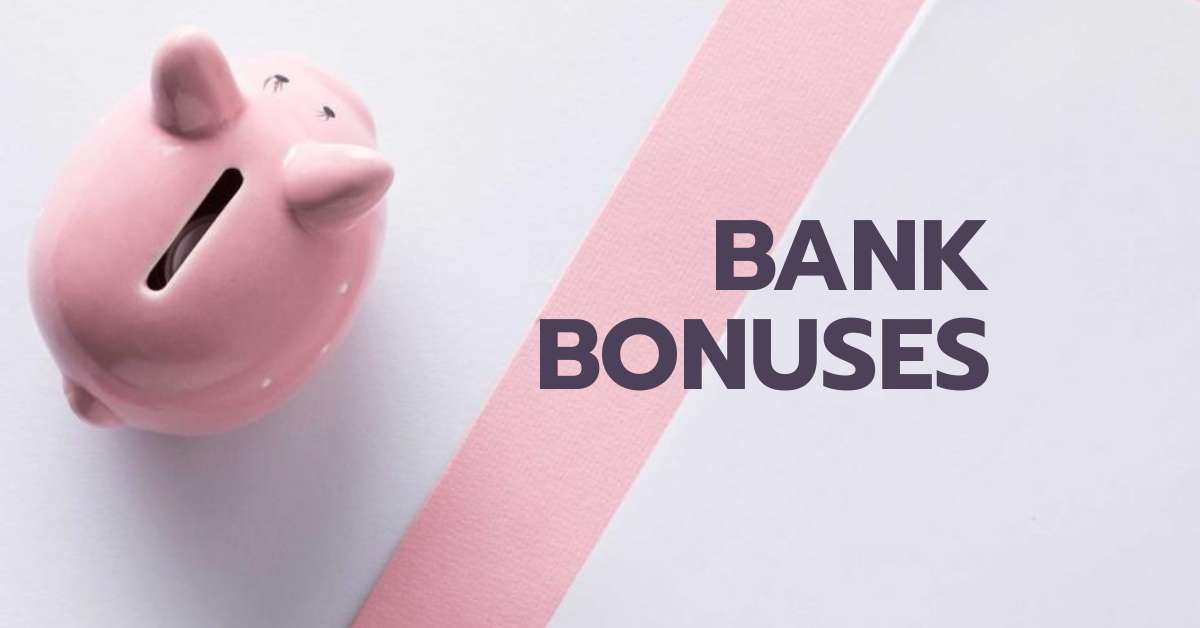1. Should I be self employed or a sole trader?
Whether you register as a sole trader or as a limited company is a key decision when starting a business. If the decision is to start as a sole trader, it is prudent to review the situation after the business has become established. Basically, a limited company provides opportunities for saving tax but it involves a higher level of bureaucracy which you must either undertake yourself or pay others to do so on your behalf.
Limited liability might also be advisable if the business venture is particularly high risk.
Forming a limited company has a number of implications, particularly in terms of taxation of profits. There are a small number of ways you can take money out of a limited company – dividends out of profits, a salary which is subject to Pay As You Earn (PAYE) and National Insurance Contributions (NIC) or by repaying a directors loan account which is in credit. A sole trader on the other hand can take money out of the business as frequently as they like, provided it does not leave the business short of funding.
The tax administration required will also be different, although businesses, self-employed individuals, and landlords with income over £50,000 are all now mandated to use the Making Tax Digital (MTD) scheme, and they will be followed by those with income over £30,000 in April 2027.
For more information from HMRC see gov.uk:
Being a limited company has other advantages too. For example, it makes it easier to transfer a share of the business to a new investor.
A limited company format is probably appropriate where a venture is high risk. When selling a business run by a limited company there may be a choice of (a) selling the shares (generally no VAT consequences other than a block on input tax relief on purchases directly related to the (exempt) sale of the shares) or (b) the sale of a business by the company (which may be a tax-free transfer of a going concern if all the conditions are met).
2. I set up as a sole trader but need to know how to pay tax and National Insurance?
You should have notified HMRC when you started in self-employment. As you are now regarded as self employed, you will need to get accounts prepared (showing your sales, costs and net profit) for the first trading period of your business and then every year thereafter.
This will form the basis of your income tax and National Insurance liabilities for the years ended 5th April.
You will need to complete a self assessment tax return showing your income from employment as well as the sales, expenses and profit figures from your first year’s accounts.
For income tax purposes, profits from your business will be added to any other income you received (such as employment) in the tax year to calculate your total taxable income. Income tax and class 4 National Insurance on your business profits is payable in two instalments on 31 January and 31 July together with an adjustment of any balance owing the following 31 January.
The standard income tax personal allowance (£12,570 in 2025/26) will be in your code number used to calculate the PAYE (Income Tax) you pay on your full-time employment. Income tax is payable at the basic rate (of 20 per cent) on earnings up to £50,270 (after the personal allowance). If your total earnings exceed this, the extra profits will be subject to income tax at the higher rate of 40 per cent.
You also have to factor in National Insurance Contributions (NIC). For 2025/26, Class 4 NIC is payable on business profits between £12,570 and up to £50,270 at a rate of six per cent (and two per cent on profits above £50,270).
One of the best places to start to find out the rules you’ll need to follow is the gov.uk service: Check what taxes may apply to you as a sole trader. It will take you through six steps leading you right the way through to planning for a tax bill, and ends with some advice in where to get help and support.
So what are your taxable (trading profits) likely to be? You will need to keep records of your takings (income) and expenses.
Most expenses should be allowable as a deduction against your takings.
Small Business Example – Mobile hairdresser
First count up your income (including any employed income).
Then, count-up your expenses (allowable deductions). These could be:
- Running a vehicle (minus any personal use) – fuel, repairs and maintenance, road tax, MOT, cleaning, parking
- Mobile / Telephone costs (minus personal use)
- Any equipment bought (hairdryers, scissors, protective clothing, for example) and materials (shampoo, chemicals)
- Finance charges (e.g. business banking and accountancy software)
- Computer and Internet costs
- Liability insurance
- Training courses
- Advertising
- …and any other elements which are used wholly and exclusively for work
Our example trading profit for this mobile hairdresser would be the income minus the allowable expenses.
So, for tax year 2025/26, for profits of £53,000, they would need to pay*:
- Nothing on the first £12,570
- 20% on the next £37,700
- 40% on the final £2,730
- Total = (£37,700 x 20%) + (£2,730 x 40%) = £8,632
* England, Wales, and Northern Ireland – Scotland has its own tax regime.
As a general rule, if you save between 25 and 30 per cent of your turnover (sales) each week/month, you should have sufficient money set aside for income tax and NIC, when the payments on account fall due.
After the first year, an accountant would be able to advise you on future liabilities, or you could avail yourself of one the many accounting software packages now available on the market. See our article ‘Best accounting software if you’re a sole trader‘ for a rundown of some of the best platforms around.
3. How do I pay redundancy?
As a company, you have an obligation to meet your financial commitments.
Redundancy payments are a debt of the company, which will need to be met.
If the company is legally insolvent, then the insolvency practitioners, administrators or liquidators handling this insolvency will look at how to make these payments.
Another option, if the company has not gone formally insolvent, would be to use the Redundancy Payments Service (RPS), which provides help to employers who wish to make employees redundant but cannot afford to make statutory redundancy payments. If your application for help is accepted, the RPS will make statutory redundancy payments to affected employees on an employer’s behalf.
If you are in a position where you are struggling financially to meet your commitments, you need to seek advice with regards to your options and the potential liabilities of any of the company’s debts.
Furthermore, you must analyse the potential for these liabilities to transfer to any new company should a TUPE situation occur.
Related: How should insolvent SMEs handle redundancy?
4. My turnover is falling – what can I do?
A sharp reduction in turnover should raise serious doubts about the long-term future of your business. If you think there is a future, understand that it will take persistence and determination to get through this period.
The first priority is to ensure you have sufficient working capital finance.
Your main options are:
Overdrafts
If you haven’t already tapped these, now is the time to check the details on what agreed limits your bank and finance accounts have to draw down on.
Revolving credit facilities
These are secured lines of credit that can be borrowed, repaid, and re-borrowed.
It is a flexible funding option for businesses that want to access finance as and when they need it. You only pay interest for the money you use and the days you withdraw funding rather than for the total amount of credit. The British Business Bank has a good rundown on this option here.
Short-term loans
For small businesses in need an immediate cash injection, short-term loans can offer a ready-made solution – applications are processed much faster than traditional loans and can often be accepted within 24 hours. However, the less stringent underwriting process means they often attract higher interest rates, as well as heavy penalties for those who fail to repay on time.
See our article on ‘Fast business funding and loans‘ for more information.
Invoice finance
One possibility is to consider factoring or invoice discounting your sales invoices. This is not suitable for all businesses; if you sell to other businesses (not directly to the consumer) and your customers are credit worthy it might be a good choice. The factor or invoice discounter provides up to 80 per cent of the invoice value straight away and the balance (less costs) when the customer pays. With factoring the finance company takes over the credit control and the customer pays them directly.
With invoice discounting you retain the credit control but the finance provider sets the credit limits applicable to each customer. Invoice financing has the merit of giving an increased facility as your sales rise but reduces when sales fall.
Merchant Cash Advances
An alternative finance method where you sell a portion of your future sales to your provider in exchange for a lump sum upfront. Applications for merchant cash advances tend to be much quicker than traditional loans, with approval often taking hours rather than weeks. Most applications are done online, direct with the provider. More detail here: What is a merchant cash advance?
Other options to consider
You should also consider if you have any business assets, which might be sold or re-financed to provide working capital.
You may have a motor vehicle or other assets which could be subject to a hire purchase agreement.
You might have some personal assets, which can be sold to realise some cash to inject into the business. You should be convinced that the business has a long-term future (in business terms, is viable) before considering this.
5. Should I go down the franchising or licensing route?
With a business format of franchising, you put together a complete business package. You then license this format to franchisees.
They run their own businesses, but use your methods and trading name.
It entails the following:
- You provide an operations manual, saying how to set up and manage a new outlet;
- You agree a contract with your franchisee setting out what rights and obligations you each have. For example, you might provide marketing support;
- The franchisee pays you for the right to use your business concept. For more information, see the page in this guide on franchise fees and royalties;
- You train and support the franchisee through their start-up period.
There are other business arrangements which are sometimes also referred to as franchising, including:
- Selling a license allowing someone else to manufacture and sell your product, but without telling them how to run their business;
- Using an agent, who sells your product on your behalf;
- Setting up a distribution agreement, whereby you sell your products to another business that then sells them to their own customers.
From the above it should be apparent that setting up the first franchise is a costly and time-consuming process. But subsequent franchises should allow you to capitalise on the experience of the first.
You might also like to talk to the British Franchise Association.
Talking to people who have experience of the processes involved in franchising over a wide variety of sectors will, in the long run, save you time and money.
See also: Why it’s never too late to set up a franchise operation
6. How do I deal with excessive leave or absence?
For a small business, employee absence can be particularly damaging to productivity.
More often than not, you will be dealing with cases of genuine medical issues where absences have been authorised. Nevertheless, there are occasions when a small business is so inconvenienced by the number and frequency of the absences that action may need to be taken. And if it can be quantified as commercially damaging, it may be fair to dismiss an employee after due warnings.
The key to solving this issue, and avoid the dreaded ‘tribunal’, is to strictly follow a ‘fair’ procedure that encompasses all aspects of relevant employment law and compliance rules.
For a more detailed breakdown of how to approach a situation like this see our article ‘How to deal with short-term absence issues‘.
Disclaimer: This story is auto-aggregated by a computer program and has not been created or edited by finopulse.
Publisher: Source link







